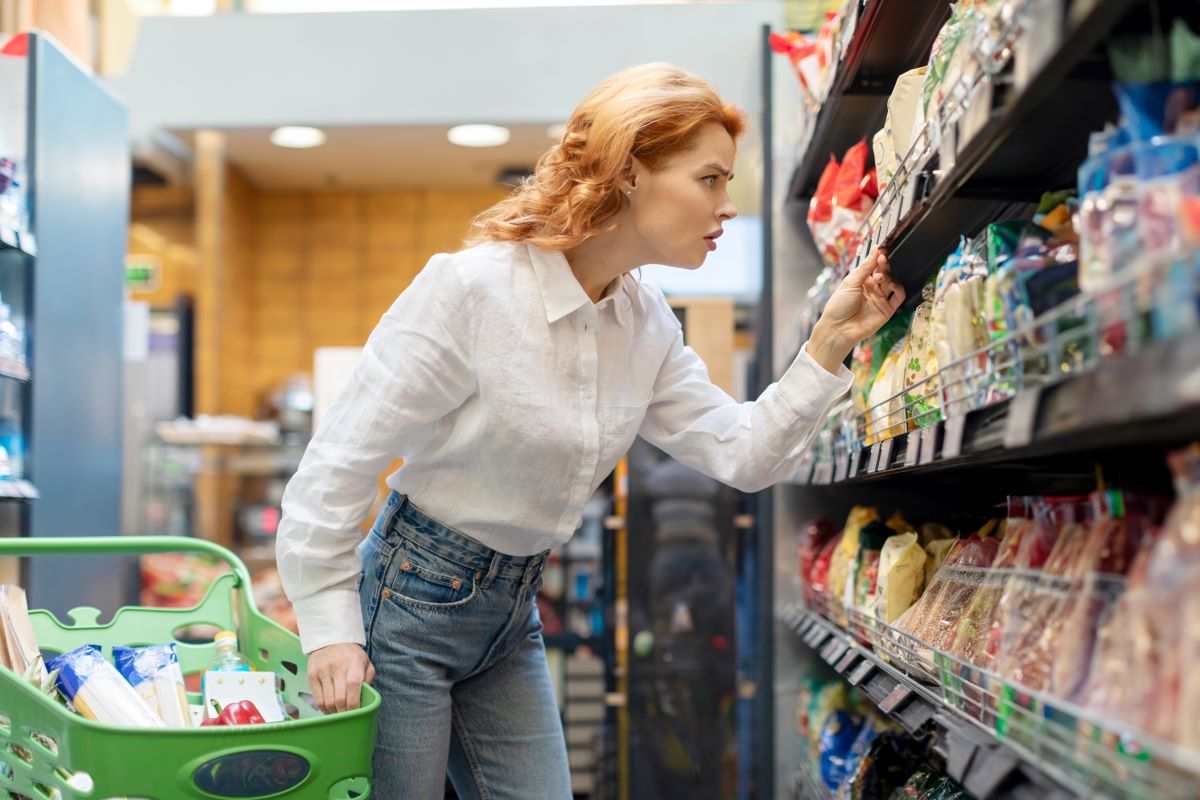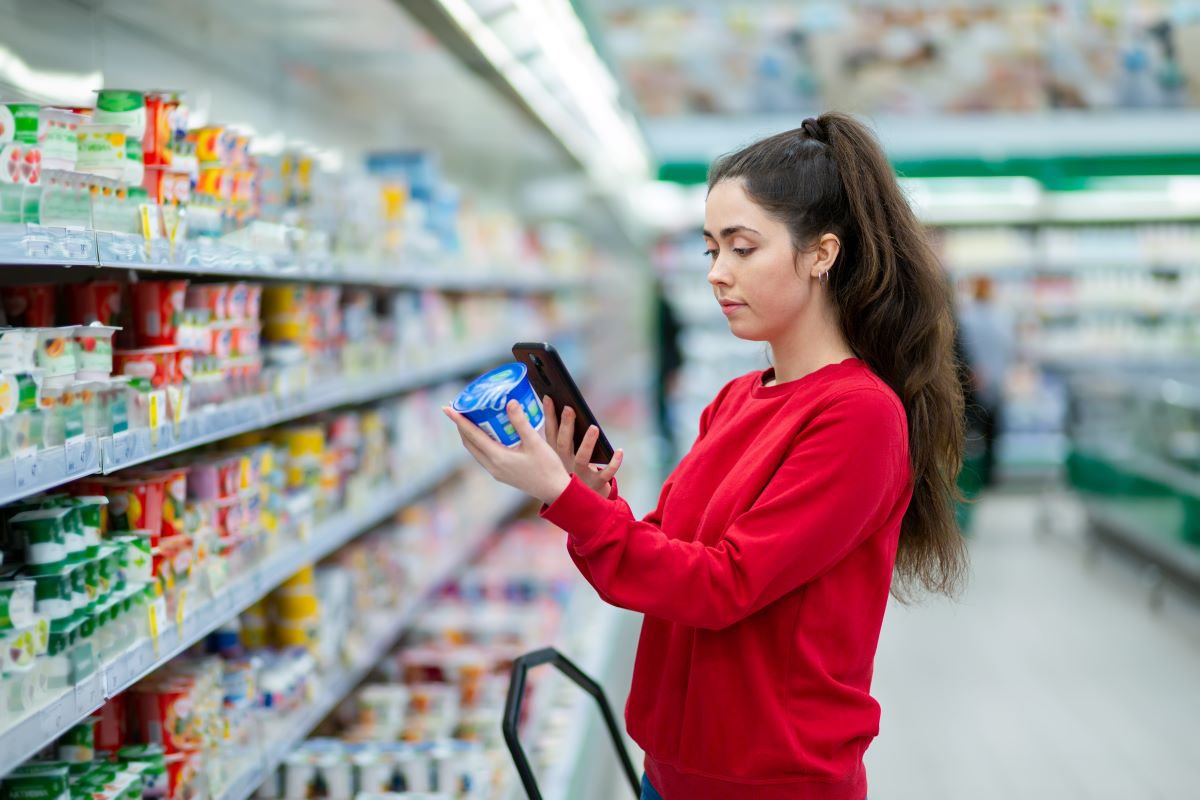20 Processed Foods That Offer Zero Nutritional Value
American supermarket shelves may dazzle with convenience and flavor, but beneath the flashy packaging lurks a world of ultra-processed foods. Can you decipher labels to make healthier choices for your well-being?
1. Breakfast Cereals

Those boxes promise a great start but are often just sugary grains with a sprinkle of vitamins. How about swapping them for whole grain oats? You avoid the BHT (Butylated Hydroxytoluene) often used in cereals for freshness.
2. Flavored Yogurts

Packed with sugars and artificial flavors, some even have carrageenan for texture, which can be controversial for digestive health. Try plain yogurt with a bit of maple syrup or honey.
3. Instant Noodles

A quick fix but full of MSG (Monosodium Glutamate) and TBHQ (Tertiary Butylhydroquinone), chemicals used to enhance flavor and preserve freshness, respectively. Opt for rice noodles with homemade broth.
4. Soda and Sweetened Beverages

Full of high fructose corn syrup and artificial colors like Red 40, which has been linked to hyperactivity in children. Infused water or 100% fruit juice sparkling water can be a refreshing alternative.
5. Microwave Popcorn

Those bags often contain PFOA (Perfluorooctanoic Acid) in their lining, besides artificial butter flavoring linked to respiratory issues. Popping your own kernels is fun and safer.
6. Processed Meats

Loaded with sodium nitrite, used for color and to inhibit bacterial growth, but also linked to certain health risks. Cooking and slicing your meats can be a healthier choice.
7. Frozen Meals

They’re convenient but can contain sodium phosphate, a preservative that can affect kidney health. Batch cooking is a healthier and tastier option.
8. Packaged Snacks

Chips and cookies are not just about sugar and salt; they also have trans fats, listed as “partially hydrogenated oils,” harmful to heart health. Snacking on whole fruits or nuts is much better.
9. Energy Drinks

Besides sugar, they’re loaded with synthetic caffeine and taurine, boosting energy unnaturally. Natural green tea can provide a gentler boost.
10. Fast Food Salads

The dressings are where they get you, full of xanthan gum and polysorbate 80, used for thickness and blend, but not great for your gut. Homemade dressings are easy and healthier.
11. Artificial Sweeteners

Found in “diet” foods and sodas, substances like aspartame and sucralose can mess with your metabolism and gut health. Stevia or monk fruit are natural alternatives.
12. Canned Soups

High in sodium and preservatives like disodium EDTA to retain color. Making soup in bulk and freezing it can be just as convenient and healthier.
13. Veggie Burgers

Many brands use hexane-extracted soy protein, a neurotoxin, to give that meaty texture. Look for whole food-based patties or make your own.
14. Margarine

Once touted as a healthy alternative to butter, many contain trans fats and emulsifiers like soy lecithin. Grass-fed butter or plant-based oils can be better for your heart.
15. Diet Ice Cream

They may be lower in calories, but they’re full of artificial sweeteners and gums like guar gum to mimic the texture of real ice cream. Sorbets or frozen yogurt can be a fresher treat.
16. Store-Bought Baked Goods

Muffins, bread, and pastries often contain dough conditioners like azodicarbonamide (banned in other countries) to improve texture. Baking at home lets you control the ingredients.
17. Pre-packaged Salads

The bags and containers might contain BPA (Bisphenol A) from the plastic, which can disrupt endocrine function. Fresh, unpackaged greens are a safer bet.
18. Flavored Coffee Creamers

Full of corn syrup and artificial flavors, some even contain titanium dioxide for whiteness, a chemical also used in paint. Milk or natural creamers are a healthier dash of flavor.
19. Boxed Mac and Cheese

The powdered cheese is a mix of artificial colors (like Yellow 6), preservatives, and flavor enhancers. A homemade sauce with real cheese is tastier and not that hard to whip up.
20. Store-Bought Smoothies

They seem like a healthy option but can be full of added sugars and preservatives. Making your own ensures you know exactly what’s going in them—real fruit and veggies.
Think Before You Eat

It’s a jungle out there in the grocery store, but armed with a bit more knowledge, you can make choices that are better for your health and taste buds. Remember, the best foods are often the ones that haven’t been tampered with too much. Let’s fill that cart with more of those, okay?
Banned in the USA: 14 Everyday Items We Can’t Have

Ever feel like America’s rulebook was written by someone with a dartboard? Across the pond or down under, things get even wackier. Let’s take a walk on the wild side of global “Do’s” that are definite “Don’ts” in the Land of the Free. Are you ready to find out just how bizarrely different the world can be? Banned in the USA: 14 Everyday Items We Can’t Have
Gone From the Shelves: Why 18 American Staples Vanished

Over the years, various foods that were once staples in American kitchens have been banned or are no longer allowed to be sold due to health, environmental, or ethical reasons. Here’s a list of 18 such items, detailing why they’ve been pulled off the market. Do you remember any of these? Gone From the Shelves: Why 18 American Staples Vanished
Eat & Drink at Your Own Risk: 20 Foods to Keep Away From Your Family

When it comes to food and drinks, not all choices are created equal. Some items on the shelves are so bad for your health that they’re almost legendary. Here’s a list of some of the absolute worst food and drink products—specific brands included—that you might want to avoid at all costs if you care about your nutritional intake. Eat & Drink at Your Own Risk: 20 Foods to Keep Away From Your Family
Featured Image Credit: Shutterstock / Estrada Anton.
The content of this article is for informational purposes only and does not constitute or replace professional advice.
The images used are for illustrative purposes only and may not represent the actual people or places mentioned in the article.







